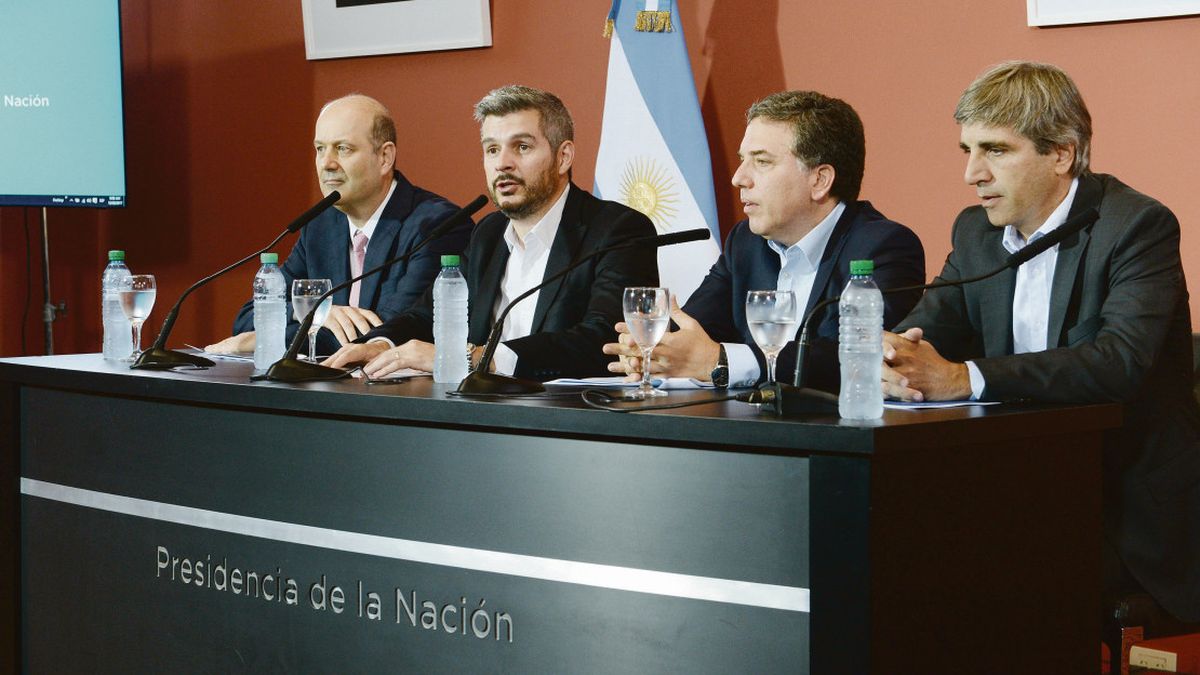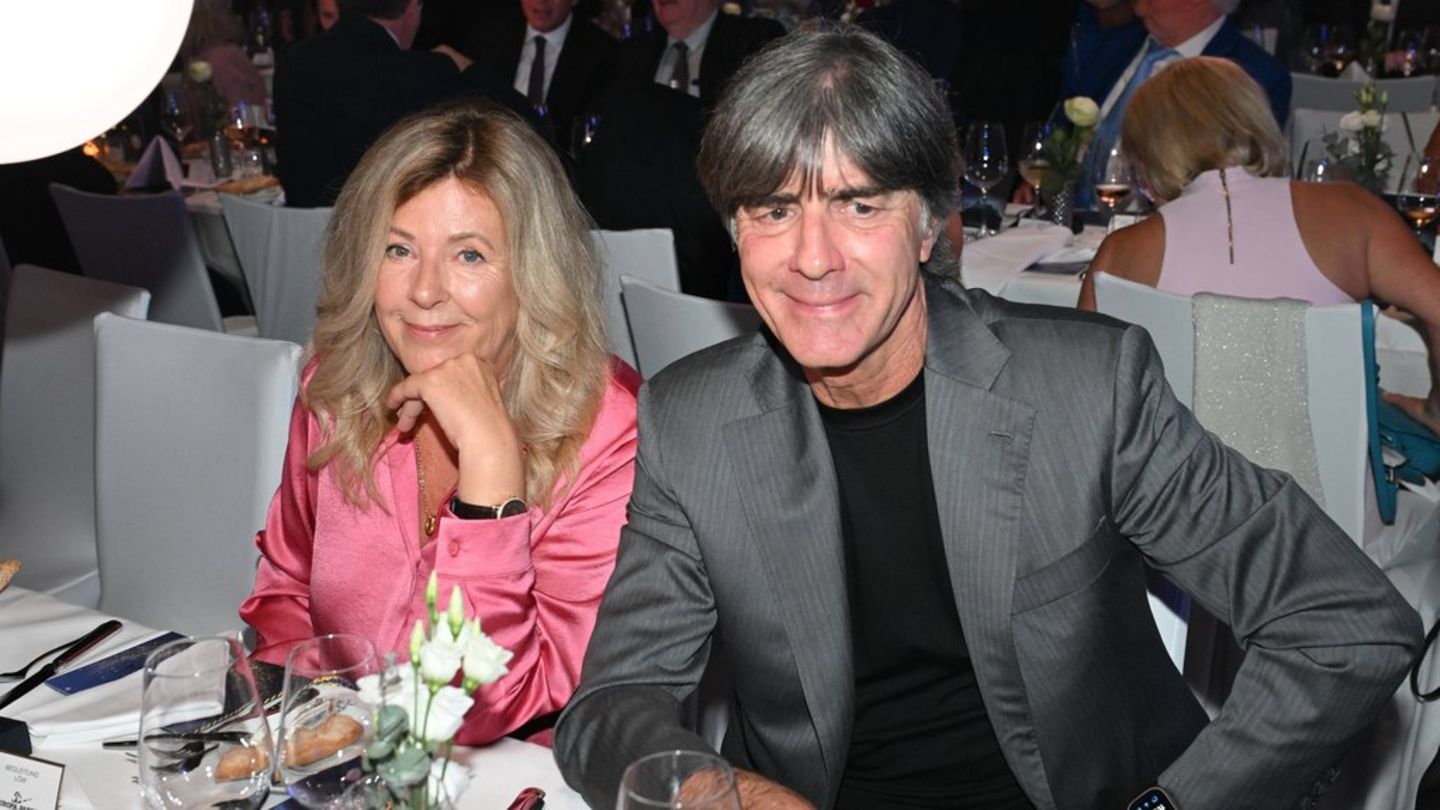That day two Argentines lived togetherone traveled to Miami and another marched to Congress and Plaza de Mayo. One sent Etchecolatz home and the other celebrated the appearance of her granddaughter 127. Populism had made the GDP rise, restructured the debt and paid it up to date, but Macri still had not returned the GDP of 2015, putting the country in debt and heading towards another default.
We had no record or memory of such a sudden divergence between the reality that was lived and the consequences suffered by the people who voted for Cambiemos. It was a tragedy that in 2 years of a “serious government”, they could not have tried the application of “serious policies”. Withholdings were lowered to the countryside and debts were forgiven to companies that made money, but they reduced the income of the most vulnerable.
as we said, the debt had spread surprisingly, while ratings agencies improved Argentina’s prospects.
– Were we really doing what serious countries did, as the best team of the last 50 years said? – And where was the rationality of the markets? –
Macri’s team lacked wisdom to live everyday life. That wisdom that displaces any other intellectual ability. Its lack should be cause for disqualification from holding public office.
They held a press conference to communicate the decision to “recalibrate the inflationary targets”, one day after approving the budget with another target. A dissertation that on Wednesday night generated inexplicable enthusiasm, on Thursday at 9 in the morning lost its validity.
The markets protested and even those who fancy embarrassing language and nicknames “Toto”, “Fede”, “Nico”…
The Government raised the inflation target for 2018 and stretched the inflation target of 5% per year for 2020 for another year. – But maybe in 2020 they would no longer be there? – … in 2019 the term of the president ended… Tax, pension and labor reform with an ultimatum to the governors. That was going to liquidate Cambiemos.
In terms of reactivation and disinflation, one was not convincing and the other did not work. The announced reform package included some recommendations from the IMF, but at the same time it was insufficient as a contribution to the closing of accounts. The government could not correct the imbalances that made the economy vulnerable.
In another order of things, to start implementing more far-reaching structural reforms, the riots of the previous weeks in Congress would be a pale sample.
The technical rebound was no longer sustainable, the deceleration of key indicators such as cement shipments, steel production and car production was observed. Despite the slowdown, 2017 would close with an increase of 2.6%. General level inflation was reluctant to drop below 25%. And in the future, on the contrary, an acceleration of inflation was expected in the first four months of 2018, because in December the rise in electricity, gas, gasoline, prepaid medicine and domestic services would impact.
An overheating of inflation was also expected, not a slowdown, due to the planned rate adjustments in electricity, gas and transportation -where Marcos Peña, when asked by the journalist, referred to the announcement that the minister of the area would later make-. “Take it, give it to me”, seemed to begin the game of survival.
Much had been insisted on “correcting the K macroeconomic imbalances”, but, on the contrary, the existing ones were aggravated. In short, the model did not work and was never sustainable; demanded rectifications and the government that no longer apologized, said that it was going to correct imbalances, reduce uncertainty and consolidate stability. We didn’t see how.
As for the labor reform, it was difficult to assess what would end up being approved in Congress. The federal pact of $75,000 million was made to give $42,000 million to María Eugenia Vidal-for her reelection in 2019-and only $33,000 million for all the rest of the provinces.
“Inflation could not continue at high levels for a long time” according to Friedman or Sturzenegger, but the adjustment of public tariffs has persistent effects, and is made use and abuse of tariffs. These factors were not agreed upon when designing a consistent anti-inflationary strategy, where the BCRA directly and indirectly financed the fiscal deficit.
Despite the communication effort, it seemed unlikely that inflation would come down in 2018. If we add to this the growing Deficit of the external sector (current account) in 2018 would be about US$ 35,000 million-according to “Toto”- (while his elusive gaze dispersed throughout the universe). He spoke of 5.4% of GDP, it was very serious. The worst thing was that the external deficit was not only a consequence of fiscal policy, but also of a contractive monetary policy with high interest rates that implied high yields in dollars, encouraging the inflow of swallow capital – which could leave and many had already left- .
It was the avalanche of financial dollars that sustained the exchange rate delay that hit exports and widened the trade and current account deficit. The overvalued peso generated a poor performance of exports that grew only 1.8% annually, when the region did so at an average rate of 18%. The trade deficit reached US$9,000 million in 2017 and would climb to US$13,000 in 2018.
Someone said: “You have to get used to the fact that the dollar fluctuates.” He was not wise. In Argentina, if the dollar fluctuates, prices go up and then do not go down. The country was not generating foreign currency to pay debt.
Since fear is not foolish, the budding social outbreak demanded “gradualism” (the wild adjustment was advised against Marcos Peña by Duran Barba). The worst thing was that a drop in primary public spending had been observed since August, but to finance the fiscal deficit after paying interest on the public debt. In other words, we killed social spending to pay more and more interest to the banks.
By the way, the extraordinary decrease in the interest rate was false, as “Toto Caputo” said. It was embarrassing to lower inflation with credit growing at 50%, with a BCRA that issued much more for the treasury than it was willing to absorb the demand for base money. Credit applicants were tempted to take easy loans and credit providers, expecting declining inflation rates, granted them.
The need to win the October election made a credit bubble possible. In nominal terms (without discounting inflation) commercial loans grew 53%, personal loans 60%, mortgages 92%, pledges 73%, credit cards 25%. This credit balloon, which contributed to a “little summer” to win the midterm elections, was going to give people talk. There would be an acceleration of inflation in the coming months and expectations would rise, not only would the experience not be repeated in 2018, but the credit boom of 2017 would begin to generate defaults.
The most conservative average studies of the basket of currencies indicated that it should be worth $40 as of June 2002, an average of $33 for the Néstor Kirchner years, $31 of January 2010, and an average of $24 if the last 20 years are taken. An overvalued peso was not conducive to increasing exports and reducing private demand for foreign currency. Financing needs were large, but they could be covered with external and internal debt placement, although there was no guarantee of sustained growth that would reduce the weight of the debt (debt/GDP ratio).
In the past, crises had been the mechanism for correcting macroeconomic imbalances, and everything indicated that a similar outcome was coming. The problem of an overvalued peso, a shock-crisis- can try to be the mechanism for correcting imbalances. Of course, with a fall in GDP, acceleration of inflation and devaluation. Predictability was not difficult. That same thing happened, but few read the Registered Diary.
The decision announced by the “policy maker” and the “market response on the same day December 28, 2017, had not reduced but rather increased uncertainty. Would the BCRA intervene to stop the escalation? – At the very beginning of 2018 it was likely to increase the undeniable conflict between “Fede” and “Toto”.
The thing is the BCRA could not continue issuing to buy the treasury dollars much more than it was willing to absorb the demand for base money. Nor could it continue to encourage the financial bicycle raising and the quasi-fiscal deficit. The 2018 scenario was uncertain on December 28, 2017. We wondered if the devaluation would be less than the inflation rate.
In short, the announcements of that fateful day did not help to clear the picture. Regarding the possibility of increasing investment, employment and productivity in the economy, the impact of the reforms would be irrelevant. A sustained growth of 3.5% per year for twenty years, as the president said, was just another fallacy to distract attention.
Graduate Professor UBA and Masters in private universities. Master in International Economic Policy, Doctor in Political Science, author of 6 books. @PabloTigani
Source: Ambito
David William is a talented author who has made a name for himself in the world of writing. He is a professional author who writes on a wide range of topics, from general interest to opinion news. David is currently working as a writer at 24 hours worlds where he brings his unique perspective and in-depth research to his articles, making them both informative and engaging.




